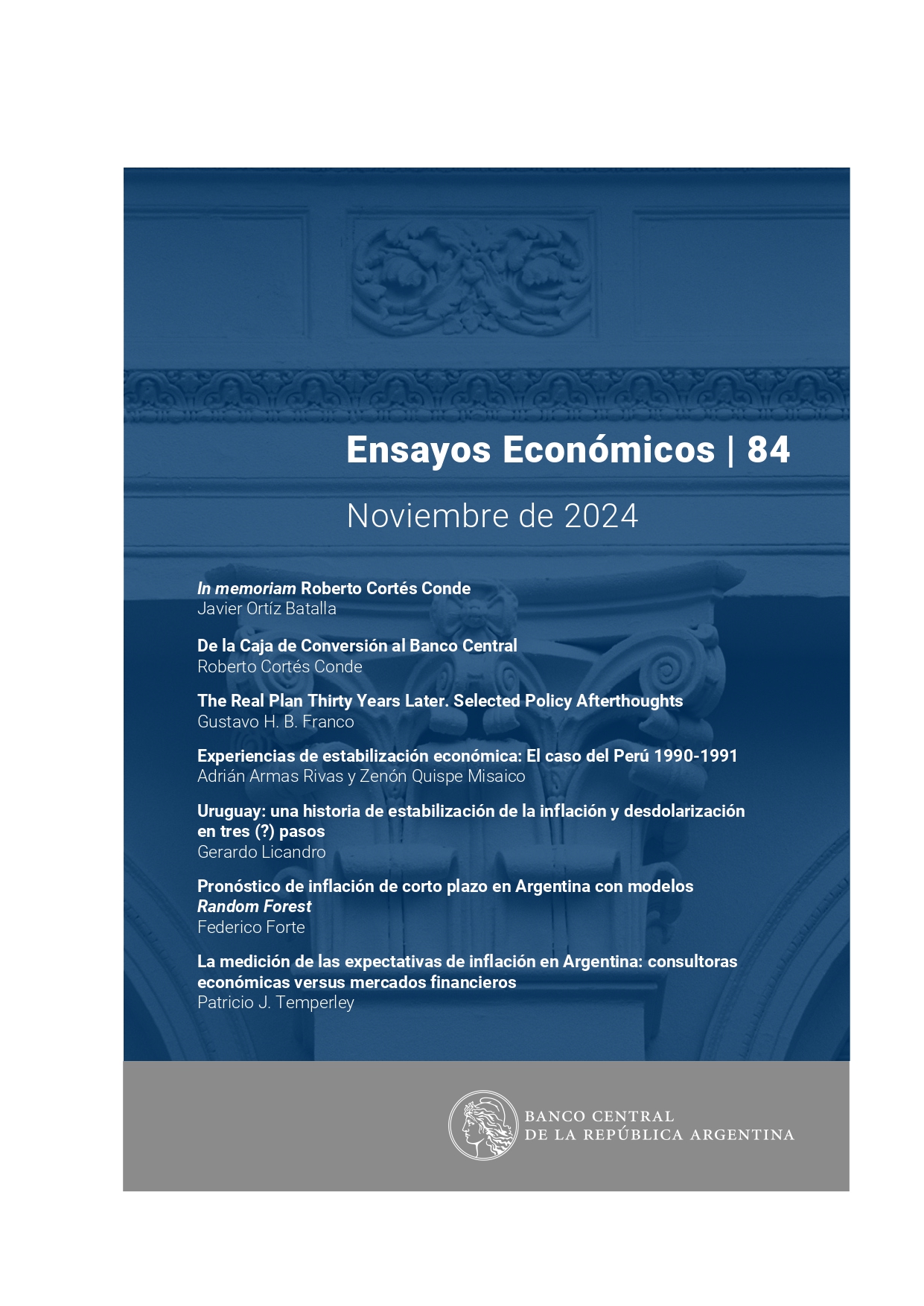The Real Plan Thirty Years Later. Selected Policy Afterthoughts
Keywords:
Brazil, Exchange rate, Inflation, Plan Real, Monetary policy, Stabilization planAbstract
The 30th anniversary of Brazil's Real Plan highlights its success in ending hyperinflation and establishing the country’s longest-lasting monetary stability. Implemented in 1994, the plan used innovative strategies like a floating and appreciating exchange rate, breaking inflationary expectations without the rigidity of a currency board. Key reforms, including more central bank independence, strengthened monetary governance, while market mechanisms pressured policymakers to implement fiscal and structural adjustments. Lessons from past failures emphasized the need for sustained reforms beyond initial gains. Despite criticisms about prolonged reliance on the exchange rate, the plan leveraged market mechanisms to pressure policymakers toward fiscal and structural reforms. These efforts culminated in a transition to inflation targeting and floating exchange rates in the late 1990s, reinforcing the stabilization process. Ultimately, the Real Plan’s success was rooted in its adaptability, strategic use of the exchange rate, and gradual implementation of fundamental reforms, securing its legacy as a model of stabilization under challenging conditions.
JEL Classification: E31; E50; E65




